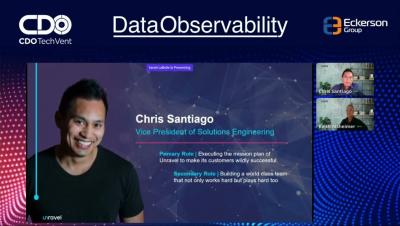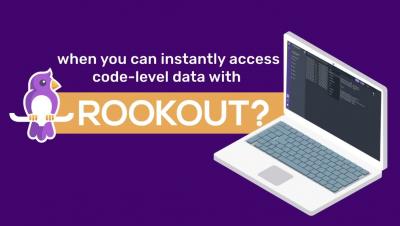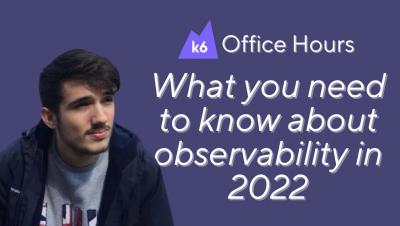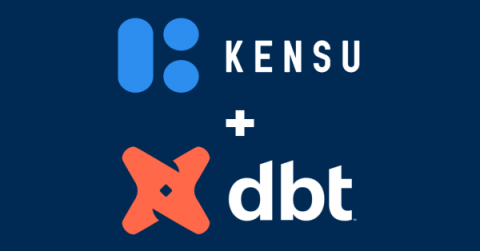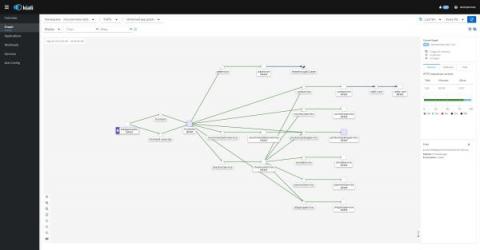Systems | Development | Analytics | API | Testing
Observability
Data Observability: How to Make Your Data Work for You
Observability trends and future best practices, with Daniel González Lopes (k6 Office Hours #59)
Distributed Tracing on Kubernetes | Andrew Kew | QuadCorps | Kongcast Episode 20
Kensu.io appoints Eleanor Treharne-Jones as new Chief Executive Officer
Kensu enhances dbt to help data teams with out-of-the-box data observability
In this article, we discuss how you can avoid data pipeline breakdowns thanks to total observability through the use of dbt complemented with Kensu. Data quality problems tend to manifest in many ways. Here is an example.
Using Open Source for API Observability
API Observability isn't exactly new, however it's popularity has seen rapid growth in the past few years in terms of popularity. API Observability using open source is different from regular API monitoring, as it allows you to get deeper and extract more valuable insights. Although it takes a bit more effort to set up, once you've got an observability infrastructure running it can be immensely helpful not only in catching errors and making debugging easier, but also in finding areas that can be optimized.
Without observability, DataOps is doomed
A business is only as healthy as its data. Organizations rely on data not just to accelerate and adapt, but increasingly, to perform the most basic of business operations, from hiring new personnel to launching and moving products.
GraphQL Versus RESTAPI Which is Better for API Observability
API providers need to observe their APIs to get meaningful data about whether and how they are consumed in practice. API observability is a form of monitoring that passively logs API traffic to an observability service. Different from traditional API monitoring, with API observability you: Monitor interactions to improve developer experience Understand how customers use your API Troubleshoot your API Observing REST APIs is well understood and supported, but not every API is a REST API.


